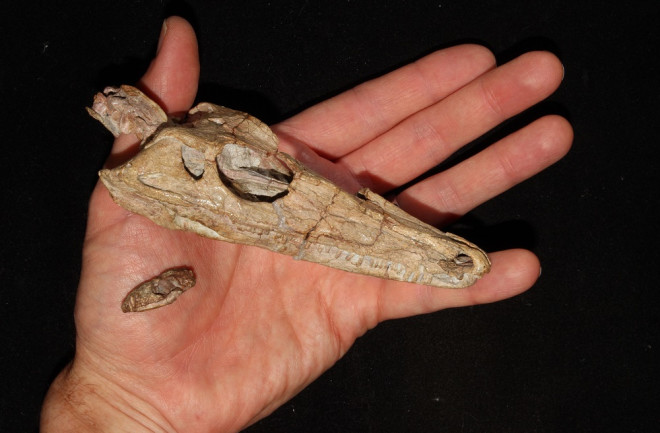Mammalian evolution didn’t happen in a straight line. For 320 million years, it has surged forward and crashed back down again amid successive mass extinctions, such as the one that killed the dinosaurs 66 million years ago.
After each extinction, a population of small, generalist, insect-eating animals that could hide in the cracks of the world, led a new radiation of species to evolve. Or so biologists have tended to believe.
But is this true? A new study that constructed a massive family tree for mammals and their reptilian predecessors – a graph spanning 1,888 different species – has found that it’s only partially the case.
When Did Mammals First Appear?
The real story of mammalian survival is more complicated and contains greater specialization than previously believed. Each chapter begins with a clearing of the slate, making room for new and more interesting creatures to thrive.

